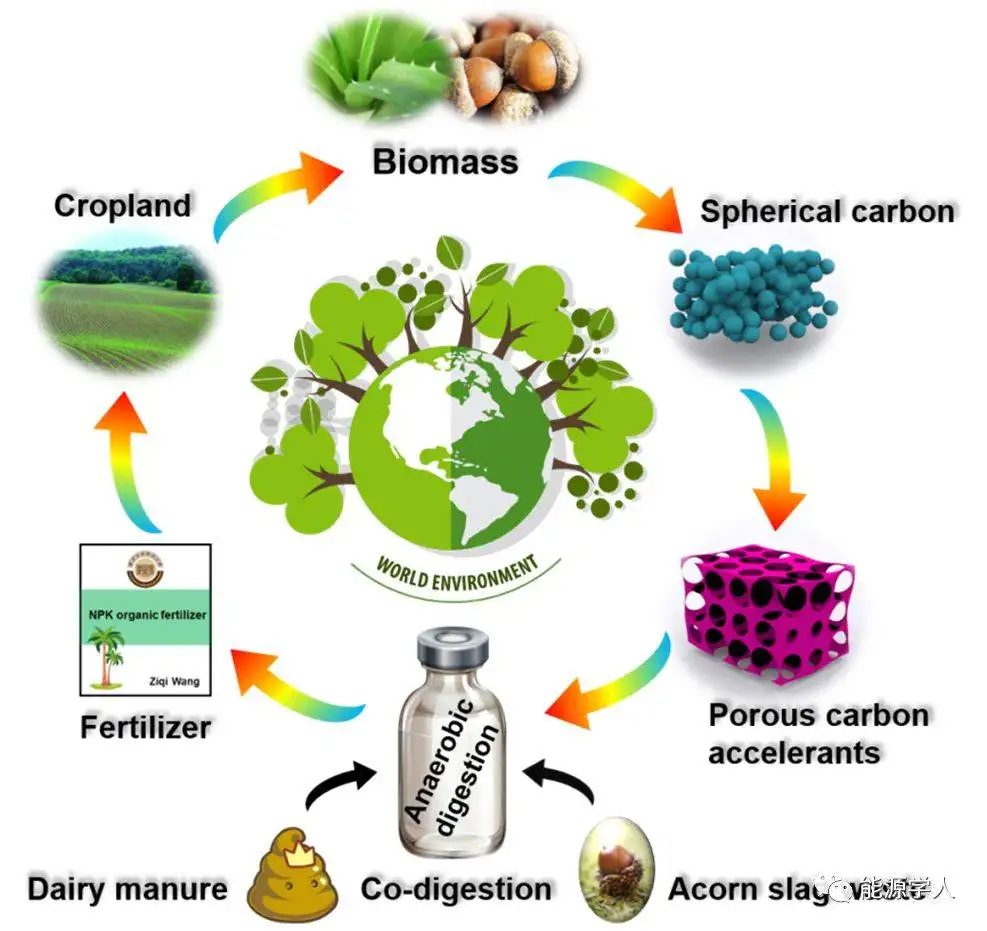Biomass energy is the renewable energy with the earliest human cognition and the longest utilization time, as well as wind, light and water. It is also the only renewable carbon source at present. It is known as the fourth largest after coal, oil and natural gas. energy. Due to its low-carbon, renewable, elemental composition and physical and chemical properties that are very similar to fossil energy, biomass energy is recognized as the best alternative to fossil energy and a weapon for energy saving and carbon reduction.

The following are the key factors for the development of biomass energy:
First, it is necessary to clarify the positioning of the biomass energy industry. In particular, when government departments formulate policies, they should include the biomass energy industry in the scope of energy conservation and environmental protection, infrastructure and public services, provide fiscal, tax, credit, and financial support for related projects, and give green light to projects such as project approval, environmental impact assessment, and land use.
Second, we must carry out top-level design and scientific planning for the biomass energy industry. First, formulate a national mid- and long-term plan for the development of the biomass energy industry as soon as possible to guide the development of the industry; it is necessary to establish and improve the centralized collection, storage and classification of organic wastes such as agricultural and forestry waste, kitchen waste, organic household waste, and various organic packaging wastes as soon as possible. , processing system; and another, establish an organic waste dumping and discharge charging system, formulate an organic waste collection and storage network covering group-village-town-county-city, and hand over collected organic waste to powerful biomass energy companies Use enterprises to concentrate resources and give subsidies to such enterprises to guide and encourage more powerful enterprises to invest in this public welfare undertaking.
Third, non-basic farmland such as abandoned land, tidal flat land, saline-alkali land and other non-essential farmland should be allocated free of charge to powerful biomass energy utilization enterprises, encourage them to cultivate and plant high-quality biomass energy crops, and increase the ability to ensure the supply of biomass raw (fuel) materials. Business worries.
Fourth, encourage and support the development and application of biomass gasification-pyrolysis-synthesis of clean liquid fuels, high-end chemicals, organic carbon products, bio-organic fertilizers and other technologies for the clean and efficient utilization of biomass energy, and establish relatively complete biomass energy planting- Harvest-processing-storage-transportation-application standards and normative systems, set up national, provincial and municipal support funds and special funds to support the cultivation of high-quality biomass energy crops.